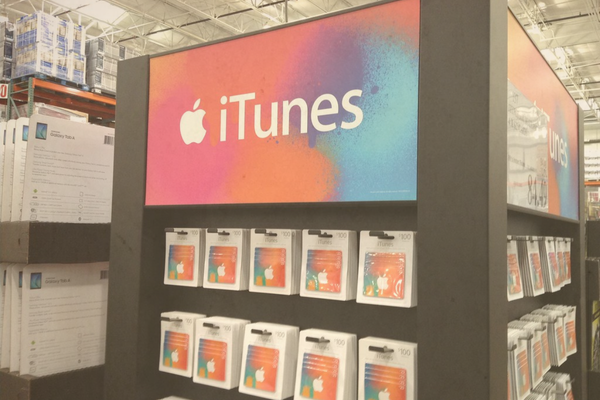“iTunes” by JeepersMedia is licensed under CC BY 2.0.
In April of 2003, Apple launched the iTunes Store, forever transforming how people bought, sold, and consumed music.
At a time when illegal file-sharing services like Napster were dominating, Apple introduced a legal, convenient, and affordable alternative that revolutionized the music industry. For just 99 cents per song, users could instantly download and own their favorite tracks, marking the beginning of the digital music revolution.
Now, 22 years later, we look back at how the iTunes Store reshaped the way we experience music.
From Concept to Click-to-Buy
The idea for the iTunes Store emerged in response to the rampant piracy of the early 2000s. Music was being downloaded illegally at an unprecedented rate, leaving the industry struggling to adapt.
Steve Jobs saw an opportunity: create a legitimate, easy-to-use service that allowed consumers to purchase individual songs instead of entire albums. Apple negotiated groundbreaking deals with major record labels, offering a solution that balanced consumer convenience with industry needs.
Launched as an extension of Apple’s iTunes software, the store debuted with 200,000 songs from major labels and a simple promise, users could buy and keep their music forever.
The seamless integration with the iPod made it even more appealing, allowing music lovers to carry their collections anywhere. Within the first week, the iTunes Store sold over a million songs, proving that people were willing to pay for digital music if done right.
The Industry Disruption Heard Around the World
The success of the iTunes Store fundamentally changed the music business. It helped shift the industry from physical sales, like CDs, to digital downloads, making music more accessible than ever before. Artists and labels adapted to a world where singles became just as important as albums, and consumers had more control over their music libraries.
The store’s dominance continued for years, eventually expanding to include movies, TV shows, and apps, further cementing Apple’s role in digital entertainment. However, as streaming services like Spotify and Apple Music rose in popularity, digital downloads declined. By 2019, Apple officially began phasing out iTunes in favor of Apple Music, marking the end of an era.
But its impact remains undeniable, the iTunes Store paved the way for today’s digital music ecosystem, proving that the right technology can change the way the world listens.
The Wrap
The launch of the iTunes Store 22 years ago was a turning point for music, offering a legal, affordable, and user-friendly alternative to piracy. It redefined how artists distributed their work, how consumers discovered new music, and how the industry approached digital sales.
Though streaming has since taken over, the iTunes Store’s legacy lives on in the way we buy, share, and experience music today. It wasn’t just a store, it was a revolution.
Go Deeper –> iTunes Music Store Launched; Record Execs Wet Themselves – This Day in Tech History






